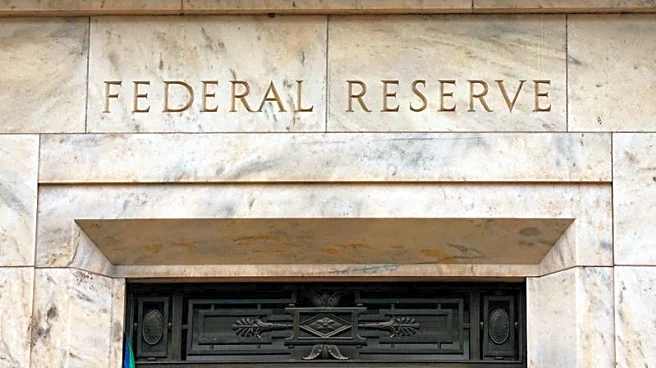What's Happening?
The national average retail price of regular-grade gasoline in the U.S. has decreased by 1.9 cents per gallon over the past two weeks, now standing at $3.27 per gallon. This decline is attributed to seasonal demand decreases and the resolution of some refining and pipeline issues. However, the price of West Texas Intermediate (WTI) crude oil has risen by $3.43 per barrel, reaching $65.72 per barrel, influenced by geopolitical tensions and sanctions on Russia. As a result, refiners have seen a significant loss in gasoline margins, while retailers have experienced a 12.6 cents per gallon improvement in their margins.
Why It's Important?
The shift in gasoline margins highlights the complex dynamics of the fuel market, where geopolitical events and crude oil prices play a crucial role. Retailers benefiting from increased margins may face pressure to adjust prices as competition intensifies and consumer demand fluctuates. For refiners, the loss in margins could impact profitability and investment in refining capacity. Consumers may see fluctuating prices at the pump, affecting their transportation costs and disposable income. The situation underscores the interconnectedness of global events and local economic conditions.
What's Next?
If crude oil prices continue to rise, gasoline prices may follow suit, potentially reversing the current trend of declining retail prices. Retailers may need to balance maintaining competitive prices with preserving their margins. Policymakers and industry stakeholders will likely monitor these developments closely, considering potential interventions or adjustments to mitigate adverse impacts on consumers and the economy.











